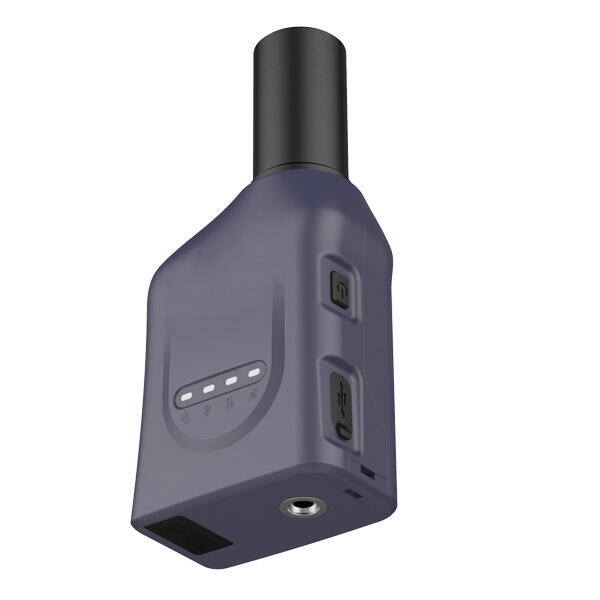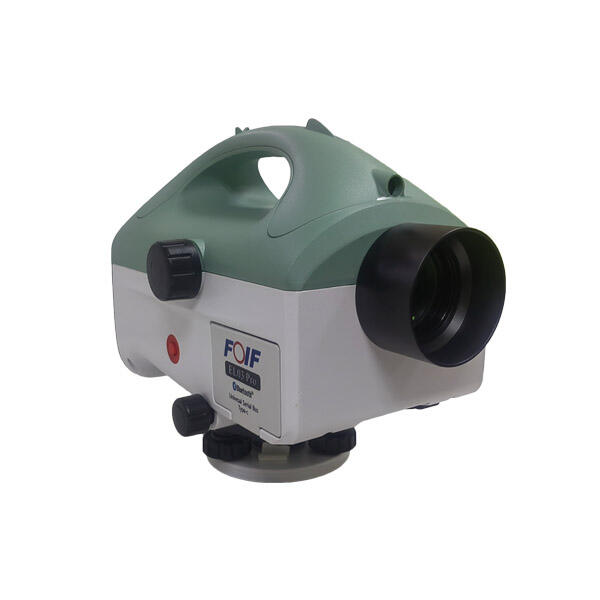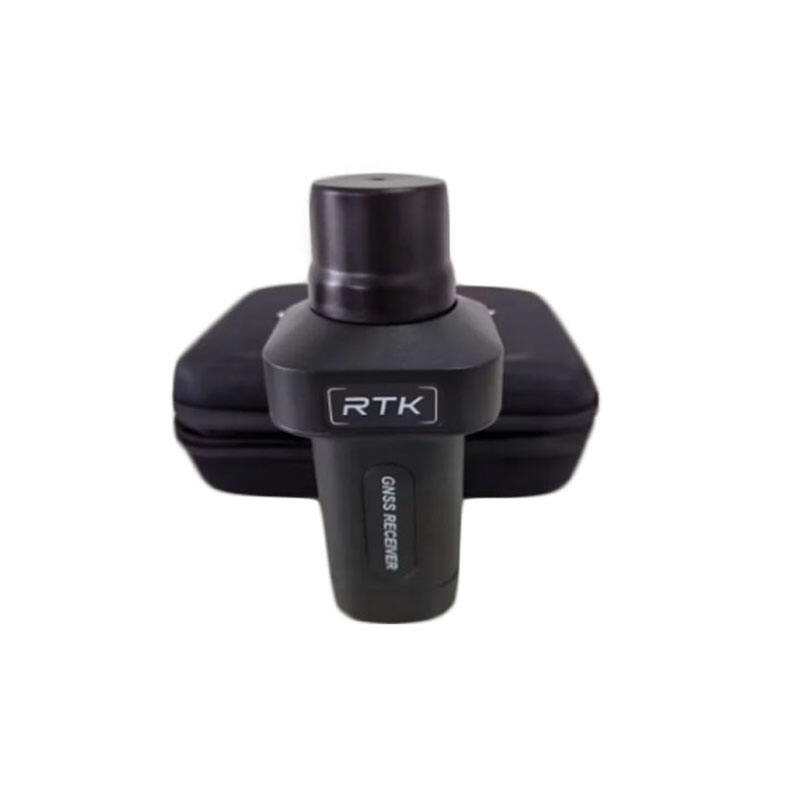differential gps
Differential GPS (DGPS) represents a significant advancement in satellite-based positioning technology, offering enhanced accuracy and reliability over standard GPS systems. This sophisticated system operates by utilizing fixed ground-based reference stations to correct the inherent errors in GPS signals. These reference stations, positioned at precisely known locations, continuously monitor GPS signals and calculate correction factors. The system works by comparing the known fixed position with the GPS-derived position, determining the difference, and broadcasting these corrections to DGPS receivers in real-time. These corrections compensate for various error sources, including atmospheric delays, satellite orbit errors, and clock discrepancies. DGPS can achieve positional accuracy within centimeters, making it invaluable for applications requiring precise positioning. The technology finds extensive use in surveying, precision agriculture, marine navigation, and construction. The system's ability to provide real-time corrections makes it particularly valuable in dynamic environments where accuracy is crucial. Modern DGPS implementations often integrate with other positioning technologies and can utilize multiple satellite constellations, further enhancing their reliability and coverage.


